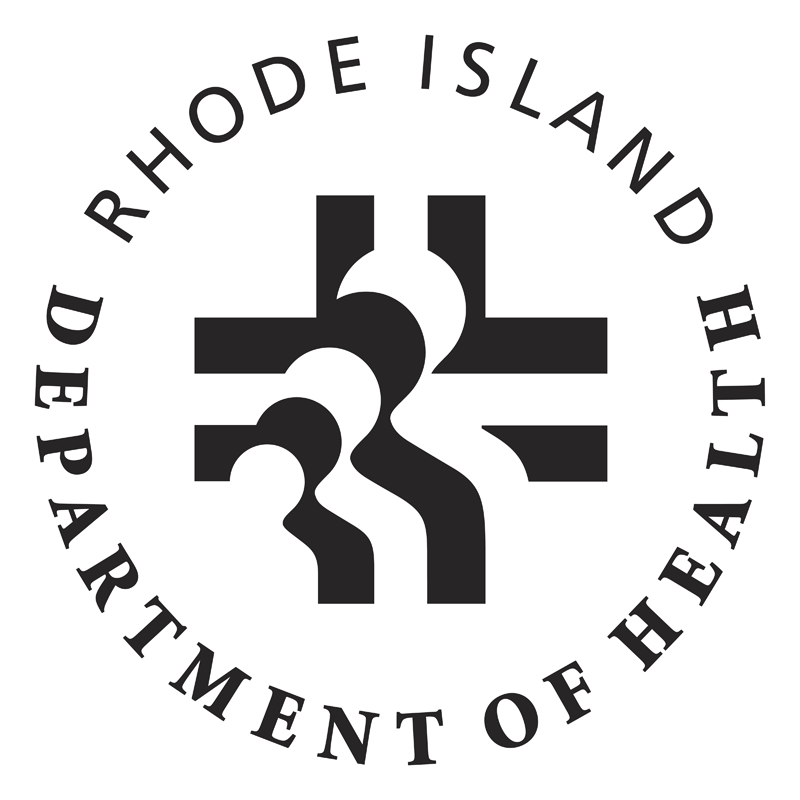Data on PFAS in Drinking Water in Rhode Island
Purpose
Drinking water from public water systems is regularly tested for substances that can harm health. Public water systems in Rhode Island are required to test for a group of chemicals called per- and polyfluorinated substances (PFAS). Public water systems were required to collect initial samples for PFAS by July 1, 2023. The results of that testing can be found in this report. If you do not know which water system your water comes from, check your water bill. If you don’t receive a water bill, contact the town you live in and provide your address.
More Information about PFAS
Rhode Island PFAS Requirement
The Rhode Island State Legislature passed the PFAS in Drinking Water, Groundwater, and Surface Waters Act in 2022. This law requires public water systems to sample for six PFAS contaminants. The six PFAS contaminants are perfluorooctanoic acid (PFOA), perfluorooctane sulfonic acid (PFOS), perfluorohexane sulfonic acid (PFHxS), perfluorononanoic acid (PFNA), and perfluoroheptanoic acid (PFHpA), and perfluorodecanoic acid (PFDA). The law established an interim state standard of 20 parts per trillion (ppt) total for these six PFAS. This is the maximum amount of PFAS allowed in drinking water by Rhode Island law.
- Due to the potential for increased risk to human health, do not drink orders are being issued for systems with PFAS results that are greater than 70 ppt. Ongoing do not drink notices can be found online here.
- Public water systems with results greater than 20 ppt are required to issue public advisories to their customers. They also have 180 days to enter into an agreement with RIDOH outlining how they will lower the level of PFAS in their water.

 Rhode Island Department of Health
Rhode Island Department of Health